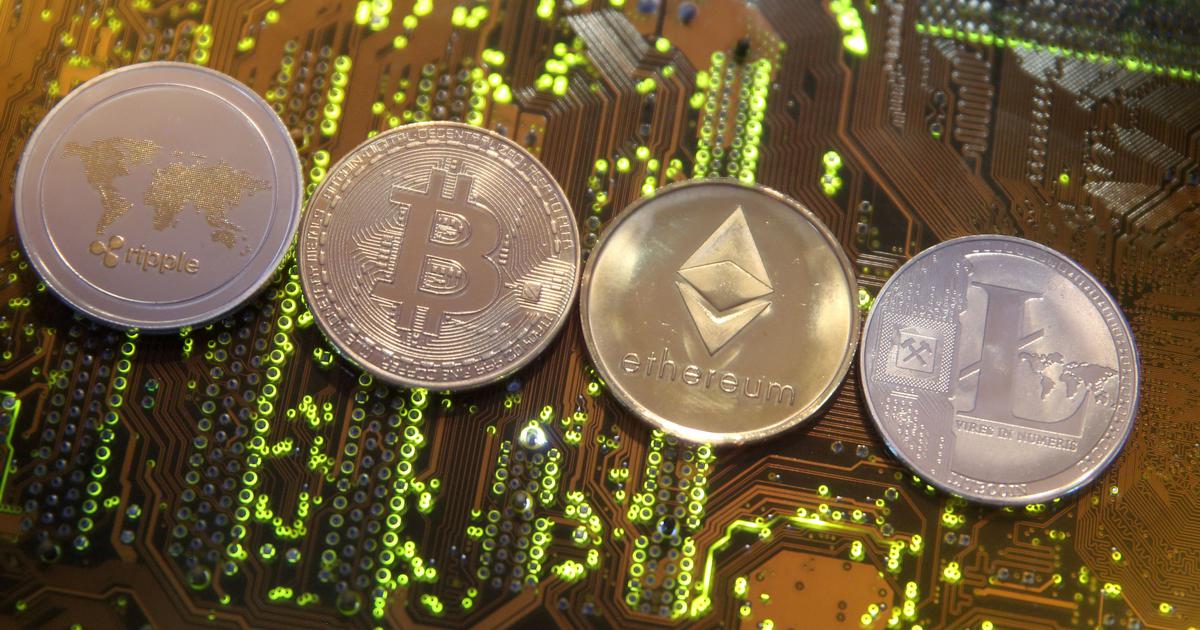This article was published as a part of the Data Science Blogathon.
Introduction
Web3 is being heralded as the internet’s future. This new blockchain-based web’s vision includes cryptocurrencies, NFTs, DAOs, decentralized finance, and other features. It provides a read/write/own version of the web to which users have a monetary stake in and greater control over the web communities to which they belong. But such advanced computing and processing come with a good amount of carbon footprint.
 Source: https://uapcorporate.com/about-us/environment/
Source: https://uapcorporate.com/about-us/environment/The arrival of Web 3 is about unlocking unimaginable value. The next chapter of the internet heralds a new economic paradigm, and emerging technologies will enable new business models that will transform the world. Over the next few decades, harnessing these opportunities will be a defining challenge for all businesses. At the same time, climate change is one of humanity’s most pressing issues, and addressing it is everyone’s responsibility. The ability to provide high-performance computing and infrastructure to support Web 3 development while minimizing environmental impact is critical to its future success.
The High Energy Consumption of Web 3 Technologies
Even for experts in the field, assessing the environmental impact of such a vast ecosystem as a digital communication network is a guessing game. How many identifiable data centers are there? How many stealth centers exist (especially in the military and government sectors)? How many people are working above or below their capacity? How much power do they draw from the grid?
- All transactions must be considered when calculating the internet’s power consumption and carbon footprint. Because Web3, like the traditional web, has layers, the only way to assess its long-term viability is by segment.
- Web 3’s data traffic layer is already operational. The number of submarine cables, antennas, and data centers can be used to calculate the environmental impact. The impact of manufacturing these components, the impact of installation, and the impact of electricity use are all factors.
- In terms of electricity consumption, the total data transmission consumption of the entire Internet amounts to somewhere between 260-340 TWh (roughly 1.4% of global electricity consumption).
- The end-use layer, which corresponds to the devices (smartphone, notebook, etc.) that make transaction requests, is used for various purposes other than web3. It is even possible to argue that if web3 did not exist, it would have little impact on the production of these devices because devices geared solely or primarily for blockchain applications are still scarce on the market.
- A similar conclusion can be drawn about the storage layer, which employs traditional computers and servers. There are few data centers dedicated to web3 data storage because the full node concept consists essentially of one computer per node, and it does not make much sense to build a large facility for this purpose, except in the case of renting virtual machines, where different users hire space in cloud services. However, these exist primarily to serve web2.
- The Global Scenario:
- Climate change is a worldwide coordination issue. The system has failed to coordinate effective policies and capital investments required to address humanity’s most pressing threat. Accelerated action and ambitious climate policies are required to adapt to climate change and rapidly reduce emissions to avoid greater loss of life, biodiversity, and infrastructure.
- So far, adaptation progress has been uneven, and the gap between action taken and what is required to manage risks is widening. Concerns about the compatibility of decarbonization with economic development, the fairness of global burden sharing on climate mitigation, and the risks of competitive disadvantage in both domestic and international markets are just a few of the reasons for this.
Global coordination technologies that can cut through the mass bureaucracy of climate action are desperately needed. This is where Web3 innovation could come in handy.
The Environmental Problem of Web 3
The consensus layer is the real source of web3 criticism. The Proof of Work protocol is responsible for the bitcoin network consuming more energy than some countries.
PoW mining involves computers performing numerous calculations. These calculations are lottery-style attempts to “guess” a correct number. The first person to get it right gets to mine a block. Every 10 minutes, a new block is mined in the network, and the process is restarted. The more computing power a miner has, the more likely he will mine a block.
This is why Bitcoin consumes so much energy today. As the network’s usage and popularity grow, so does the financial value of Bitcoin, which encourages more miners to participate.

Source: https://scroll.in/article/1024205/the-crash-in-cryptocurrency-prices-offers-some-hope-for-the-climate
Currently, the energy cost of Bitcoin’s PoW is around 200 TWh, which is comparable to Thailand’s total consumption. Bitcoin’s annual carbon footprint is approximately 114 Mt CO2. This energy consumption is expected to rise in the future. However, Bitcoin supporters argue that the use of clean energy is increasing. According to the Bitcoin mining council, sustainable energy accounts for nearly 60% of the energy cost of Bitcoin mining today.
Making Web 3.0 Green and Sustainable
There are many ways to work for a Green Web 3 future. They are:
- Proof of Work consumes a lot of energy. The Proof of Stake protocol (Pos) operates differently than the Proof of Work (PoW) protocol. Instead of computers attempting to hit a number, PoS selects the miner based on the number of tokens he owns. The more tokens an agent possesses, the more likely he is to be selected. This explanation is quite simplistic and ignores several security and decentralization aspects of PoS protocols, but the basic concept is based on it.

Source: https://www.ionos.com/digitalguide/websites/web-design/sustainable-web-design/
- There is no mining because there is no need to look for random numbers. Because of this, “miners” in a PoS protocol are referred to as “validators.” PoS protocols are thought to be long-lasting. The energy cost of a PoS machine is comparable to that of a laptop.
- In the case of PoW, specific computers, known as ASICs, have been developed to do the job. A modern ASIC can consume up to 3000 W/h, and dozens of these machines can be found in a mining farm.
- This is yet another critical aspect of the PoS protocol. There is no such thing as a “mining farm” because a pool only needs more delegated tokens, not more computers, to increase its chances of being chosen to validate a block. So, in addition to the energy operation benefit, there is an infrastructure benefit.
- The ReFi movement has created a space for innovators, creatives, and advocates to reimagine climate action at a breakneck pace, free of the bureaucracy and politicization that plagues legacy sustainability systems. Web3 climate tools and services share ReFi values and are essential to the scale of global coordination required to combat climate change. Building cooperatives, democratic ownership within communities, maximizing community benefit, creative sustainability, radical inclusion, non-extraction, and intentional restoration are among these values.
- Crypto Coral Tribe is a community of 6565 NFTs that uses art and technology to drive marine and wildlife conservation. This includes using the funds raised from their first pledge to plant 3000 corals across three continents.
A community-driven approach is urgently required to design innovative climate solutions that leverage local and indigenous knowledge while iterating on alternative methods of driving impact. Web3 can accomplish this. Several Web3 projects are already in the works to redefine how humans interact with natural resources and the larger environment.
Conclusion
The proliferation of green Web3 initiatives eventually reflects a greater awareness of the critical need for sustainability and may allow us to envision a feasible reconciliation between technology and the environment.
To conclude:
- Although web3 represents an evolution over web2 in many ways, it is unlikely that web3 will be more environmentally friendly than web2.
- Decentralized networks necessitate a complex infrastructure and the implementation of consensus protocols, which can be energy intensive in some cases.
- Now is the time for companies eager to stake their claim in the next frontier of computing, both in the metaverse and in driving the underlying software toward a more sustainable future.
Web 3.0 is here to stay and change the world. The responsibility of making it green and good for the environment falls on the people making the change.
The media shown in this article is not owned by Analytics Vidhya and is used at the Author’s discretion.







